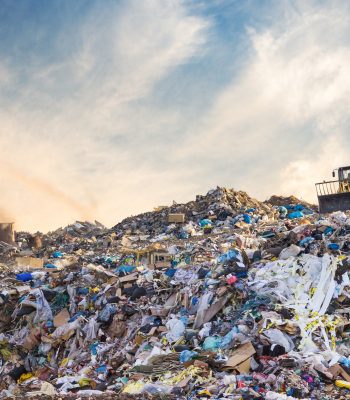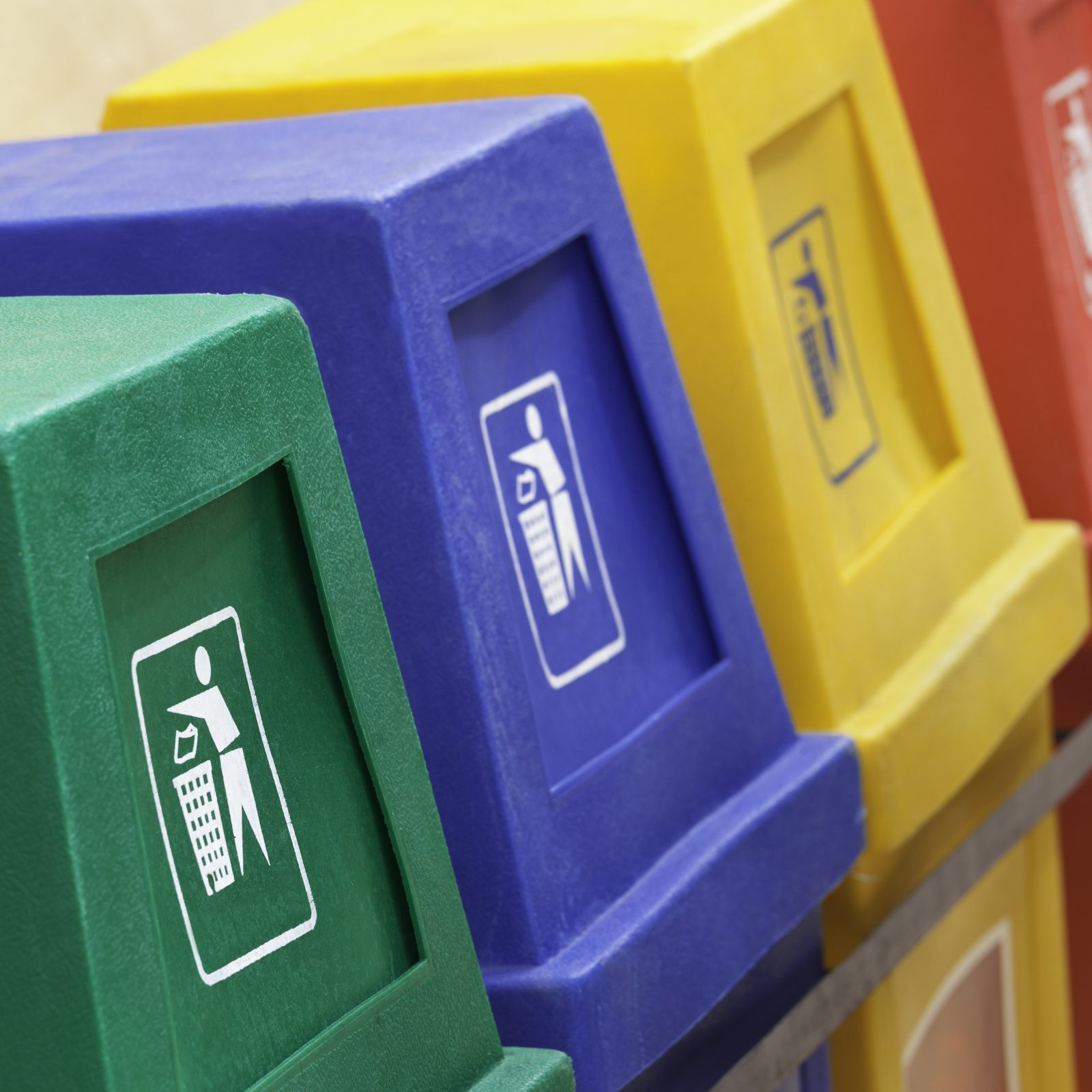Description
In terms of waste management, an important first step is to develop a waste strategy and an action plan at the city level. If a national or international (in other words, EU-level) waste strategy or policy and related institutions exist, this should be taken into account and strategies should be aligned. In the absence of national plans and regulation, local solutions can still be planned at the city level. Given the complexity of the waste sector, it is important that local waste strategies and action plans have holistic views in the pursuit of an integrated waste management structure, covering all the technical and practical steps. This includes the question of how to provide the infrastructure necessary to manage different waste streams, such as mixed municipal waste, recyclables, hazardous waste, construction and demolition waste, organic waste and medical waste. It further includes how to select collection or delivery solutions in terms of ‘bring’ systems or residential waste (kerbside) collection systems, bin types, volumes, collection frequencies and so on. Municipal waste authorities should regard citizens as vital partners in implementing waste strategies; therefore, waste management processes, such as the separation and collection of recyclables, should be made as convenient as possible for residents.
While a waste strategy may set up general objectives, responsibilities and resource implications, an action plan is more detailed and includes practical steps with details, targets and timelines for the implementation of different solutions. A waste plan should also clarify the capacity needed and responsibilities related to the provision of information, awareness campaigns and monitoring systems. Both the waste strategy and the action plan should cover all the formal processes of waste collection, transportation, treatment and final disposal – and may also include ways to better internalise the informal operators when relevant. An action plan should also articulate the roles of the public sector versus any private sector investments or operations. Moreover, as the sector seeks to move up its waste hierarchy, additional and more sophisticated efforts need to be planned, incentivised, coordinated and enforced.
Waste strategies and action plans should incorporate an understanding of gender differences and inequalities so that waste management can be more effective and inclusive. For example, given that women often have heavier household workloads, they may prefer a larger number of smaller but more accessible disposal points, whereas men usually think that one central disposal point is sufficient. Gender disparities in household duties and resources, the level of participation in community consultation, and employment in the waste sector also need to be considered.[1] Other factors such as age or physical ability will affect people’s response to waste strategies, and action plans should be carefully assessed in advance. Moreover, authorities must be aware of potential negative impacts on informal workers, as formal waste management approaches might leave them to be further marginalised or displaced. Women are particularly present in informal work and informal waste picking activities, and to ensure they are able to access formal employment in the waste sector, they need to have access to appropriate work outfits and flexible work schedules, including flexibility around night shifts, and so on.
At an early stage, it is important to build adequate capacity and know-how within the city administration in order to plan, operate, contract and monitor waste management activities. Considerable technical expertise is required to design a strategy or an action plan within the national context and based on local needs and conditions. Enforcement and reporting mechanisms are also necessary to ensure continued implementation and compliance. While some regulatory capacity and know-how can be provided by central authorities, the local administration should be expected to plan, secure financing, contract, supervise, monitor and enforce the waste management activities in the city.

Resource implications and key requirements
While the planning itself does not require significant financial or human resources, it needs sufficient know-how, which initially may need to come from the central government or other external knowledge providers. Additional administrative resources might be required to ensure meaningful community participation in the planning, decision-making and implementation of waste management strategies and action plans. As the planning process evolves and the implementation and related investments and operations start, the resources needed for competent management and governance of the sector grow. For example, in Ljubljana in Slovenia, the public waste management company Snaga Ljubljana has been working on planning and administrating the process for 10 years in order to move the sector towards the EU compliance – in other words, full collection, disposal in sanitary landfills and the closure of non-compliant dumpsites.[2] In September 2014, Ljubljana became the first European capital to commit to becoming a zero-waste city.[3]

Potential private-sector participation
Planning and regulation should be led by public institutions and relevant authorities. However, where there is a clear lack of know-how, private knowledge providers may be helpful when developing strategies and action plans for a city’s waste management sector. To this end, numerous international consultancy firms offer specialist services related to the development of waste management strategies that comply with international standards.

Implementation obstacles and solutions
The implementation of an ambitious waste management strategy and action plan entails a number of challenges. Significant resistance can be expected from existing and well-connected operators providing suboptimal services. Informal waste management activities may lose out, with political and social implications, and adequate buyin and commitment from the public may be difficult to achieve. Implementation therefore requires strong political commitment and support, combined with comprehensive awareness campaigns and education. In addition, as a city seeks to move up the waste hierarchy, it requires an ever-wider spectrum of stakeholder engagement. For example, moving up the waste hierarchy may involve stronger commitment to waste-sorting at source by residents, more standardised use of materials by producers or a sector-wide commitment to introducing nationwide deposit schemes for cans and bottles. It may also require changing the awareness and behaviour of citizens and the establishment of permanent communication and education about source separation of recyclables and various forms of waste reduction. This work creates an understanding of the entire lifecycle of products as well as the feasibility of recycling and the repair of products. While these steps higher up in the waste hierarchy are ambitious measures, one may look at the way Tirana introduced compulsory payments for plastic bags provided by local shops. Alternatively, one can look at cities such as Parma in northern Italy or Ljubljana in Slovenia, where significant improvements have taken place on the back of a mix of policy measures.[4]

References
[1] B. Woroniuk and J. Schalkwyk (1998), “Waste disposal & equality between women and men”.
[2] Zero Waste Europe (2019), “The story of Ljubljana: Case study #5”.
[3] European Commission (2019), “Ljubljana becomes the first EU capital to adopt Zero Waste Goal”.
[4] N. Pietzsch, J.L. Duarte Ribeiro, J. Fleith de Medeiros (2017), “Benefits, challenges and critical factors of success for Zero Waste: A systematic literature review”, Waste Management, Vol. 67, pp. 324-353.








